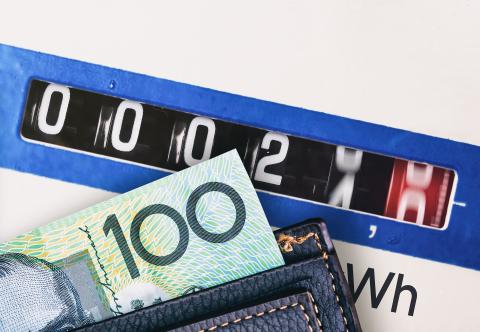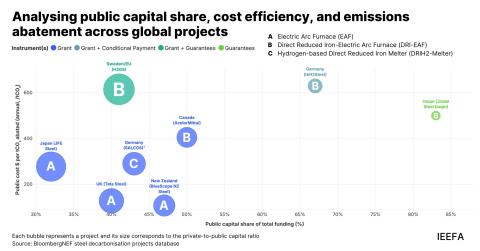Submission: Select Committee on Energy Planning and Regulation in Australia - Institutional structures, governance, regulation, functions, and operation of the Australian energy market
Download Full Version

18 October 2024
To: Select Committee on Energy Planning and Regulation in Australia
Re: Institutional structures, governance, regulation, functions, and operation of the Australian energy market
Thank you for the opportunity for the Institute for Energy Economics and Financial Analysis (IEEFA) to provide input to the Select Committee on Energy Planning and Regulation in Australia regarding the institutional structures, governance, regulation, functions, and operation of the Australian energy market. IEEFA is an independent energy finance think tank that examines issues related to energy markets, trends, and policies. The Institute’s mission is to accelerate the transition to a diverse, sustainable and profitable energy economy.
IEEFA’s recommendations on energy planning and regulation, and related matters, are summarised below.
- IEEFA has found that gas and electricity networks have received persistent supernormal profits over 2014 to 2022. To bring network profits to reasonable levels, rule changes and process changes should be undertaken, and increased transparency and monitoring of network profits are required.
- Efficient electric appliances offer the lowest-cost energy solution for households. therefore household electrification is expected to accelerate. Given the trend towards electrification and the fact that residential customers account for more than 80% of regulated gas distribution network revenue, a poorly managed phase-out could result in consumers bearing the cost of stranded gas distribution assets. Energy market governance needs to enable a managed, equitable phase-down of gas distribution networks. A federal government-led managed gas phase-down plan would provide certainty and direction.
- Distributed energy resources (DER) could deliver $19 billion in economic benefits to Australia by 2040, but action is needed to realise this economic opportunity. Economic regulation needs to be adjusted to suit a DER-rich world. An independent body should be set up to develop DER technical standards. The Australian Energy Market Operator (AEMO) should increase the focus on the demand side and DER in its modelling – IEEFA notes that the Integrated System Plan (ISP) review outcomes should help towards this. More focus is needed on the demand side and DER from all energy market bodies and in the rules and regulations.
- Renewables with storage and transmission is the lowest-cost pathway for Australia, and the Capacity Investment Scheme (CIS) is set to play a key role in the renewables scale-up. However minor adjustments to the CIS design could help ensure its success and speed in bringing in a large amount of renewables and storage capacity. The Orderly Exit Management Framework (OEMF) risks delaying the exit of coal and pushing up electricity system costs for consumers. Further, introducing nuclear in Australia also poses a major risk to cost of living – IEEFA research shows that nuclear in Australia would raise household power bills. Increasing reliance on gas-powered generation while waiting for nuclear to come online would also raise wholesale power costs as gas is one of the highest-cost forms of electricity generation in the National Electricity Market (NEM).
Kind regards,
Johanna Bowyer, Lead Analyst, Australian Electricity, IEEFA
Jay Gordon, Energy Finance Analyst, Australian Electricity, IEEFA
















